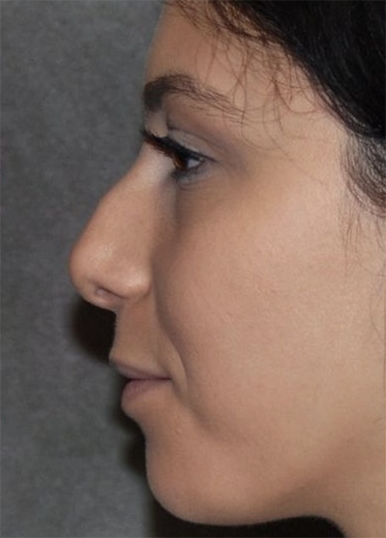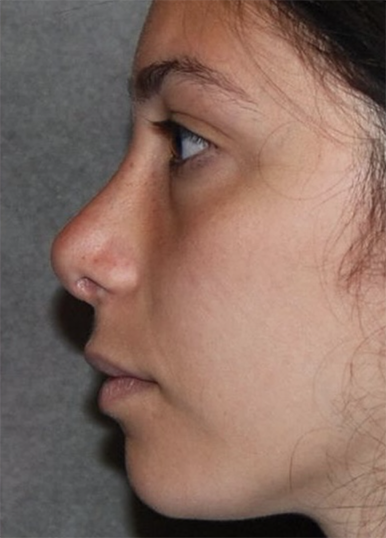
Rhinoplasty in Philadelphia
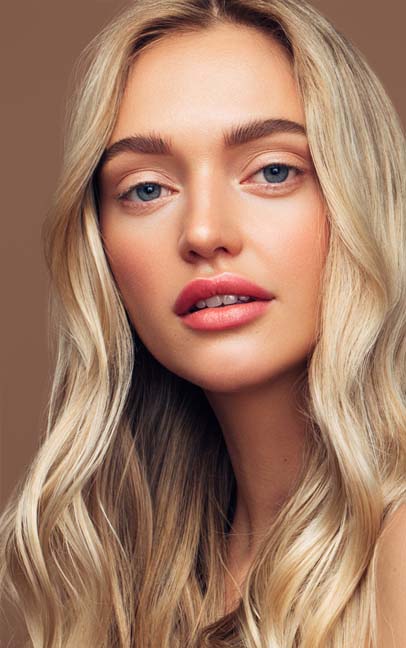
Introduction to Rhinoplasty
Functional or cosmetic, we’re here to help!
The nose is an extremely important facial feature in its contribution to the overall aesthetics of our facial features as well as its role in regulating our breathing, as well as the sense of smell. The nose also provides balance to facial features. If it is out of proportion with other facial elements, it will distract from an overall balanced appearance. Both children and adults may feel uncomfortable with the appearance of their noses and can experience a loss of confidence and self-esteem.
Teens and children are frequently teased or bullied for an unusual nose. Surgical correction is the only effective method to properly correct and improve the appearance or function of the nose.
Our Philadelphia rhinoplasty patients find that the surgery greatly benefits their lives by providing more self-confidence. Your surgery will be performed by Dr. Ronald Lohner who has won Top Doc status for 16 consecutive years by Philly Mag.
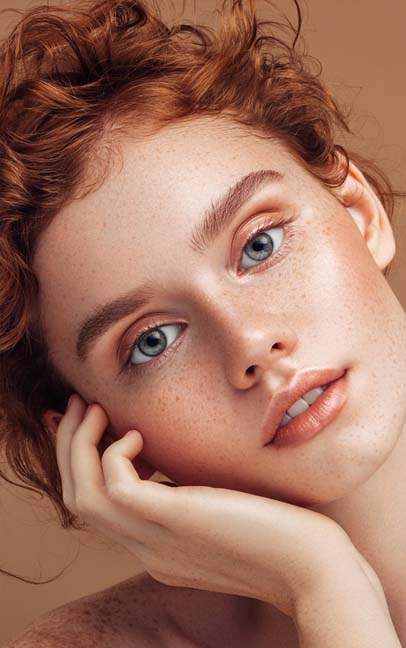
What is Rhinoplasty?
Let’s start with the basics
Rhinoplasty is a procedure designed to dramatically improve the shape, size, and function of the nose. This surgical undertaking can correct a variety of aesthetic problems such as a humped nasal bridge, a bulbous tip, poorly sized nostrils, as well as correct a nose that is disproportionate to the other facial features. A Rhinoplasty can also correct functional nasal problems, which are often the cause of chronic congestion or airway blockage.
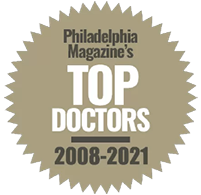
What are the Benefits of Rhinoplasty?
Lohner Plastic Surgery is one of the leading practices in the area, having provided patients exceptional results for over two decades. Dr. Lohner has established himself as an authority in rhinoplasty surgery in Philadelphia and has helped thousands of patients with facial aesthetics. We’ve included some of the wonderful advantages of cosmetic nose surgery:
- The surgery will provide more balance to your face
- You can get rid of a bump in the nose
- Rhinoplasty surgery can reduce the size or alter the shape of the nose
- Get rid of flared nostrils
- Improve your breathing with functional rhinoplasty
- Improve self-confidence in the way you look and photograph
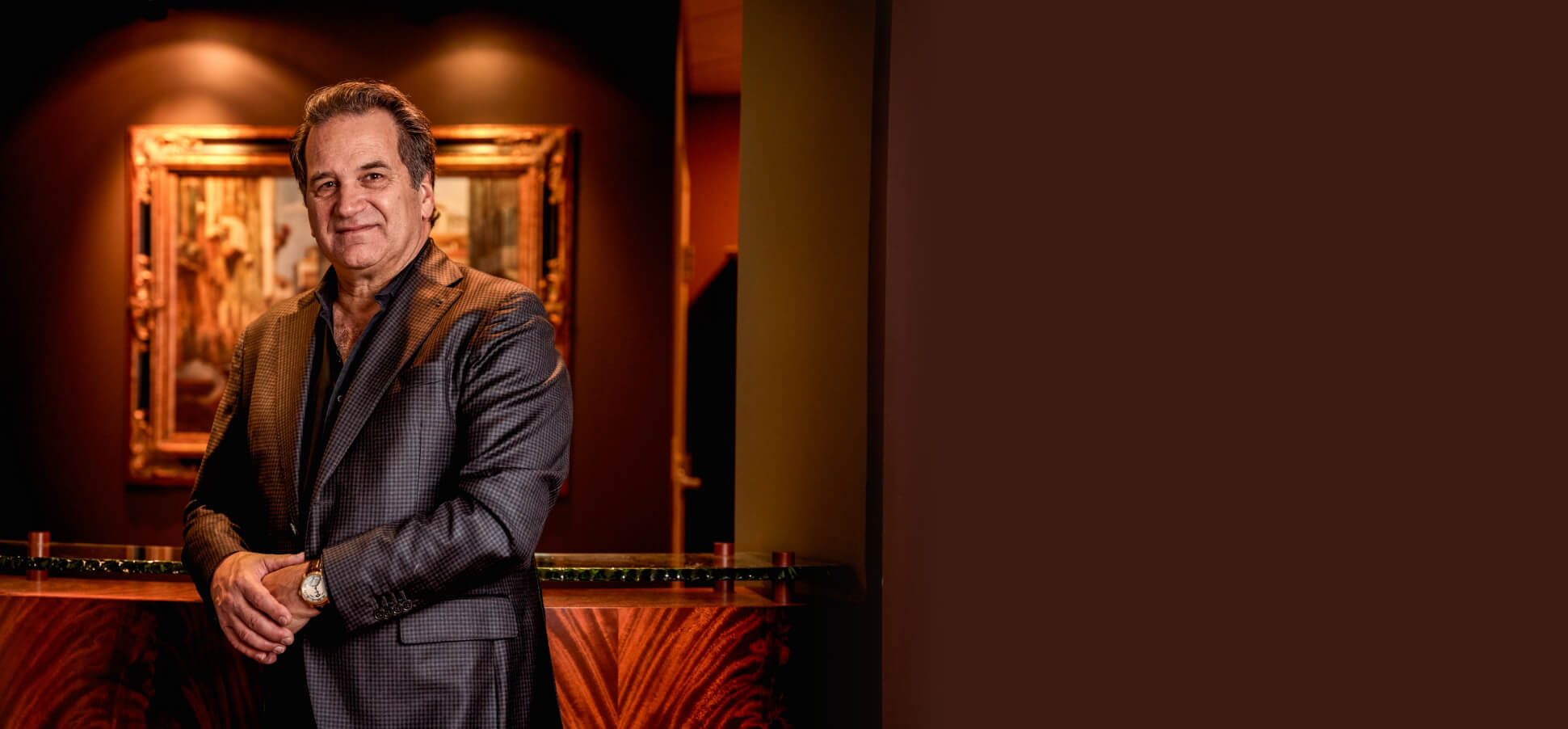
Gallery
Results speak for
themselves.

Who are the Best Candidates for Rhinoplasty?
Men and women of any age, frustrated with the appearance of the nose can potentially benefit from the Rhinoplasty. The ideal candidate for a Rhinoplasty will need to be in generally good health, understand the procedure, and hold reasonable expectations for the results. During the consultation appointment, Dr. Lohner will decide if the Rhinoplasty is the right procedure to meet an individual patient’s goals and desires. Computer imaging is available and an excellent tool to assess a patient’s desires as well as the surgeon’s capabilities to meet those desires.
What’s the First Step?
Patients who are interested in a Rhinoplasty in Philadelphia can take the first step by researching the procedure. It is helpful to understand the potential results, complications, and anticipated recovery process. There are cases in which aesthetic or functional problems are not resolved during the surgery; the procedure can also cause new nasal problems to appear after the operation. While many factors can contribute to poor Rhinoplasty results, they often include:
- A patient’s unrealistic expectations for the procedure.
- An inexperienced surgeon or outdated techniques.
- A surgical procedure that takes unnecessary risks
- An attempt to ‘over correct’ nasal problems.
- An injury to the nose before it has fully healed.
It is also imperative to research the surgeon before choosing the best doctor to perform this procedure. When it comes to facial appearance, patients should always use the most reputable, experienced plastic surgeon available. Dr. Lohner has more than 20 years of experience. He is the current Chief of Plastic Surgery at Bryn Mawr Hospital where all of his procedures are completed.
Once the patient feels comfortable with the Rhinoplasty procedure, wants to learn more about the surgeon and how this procedure can be tailored to their aesthetic desires, the next step is scheduling a private consultation with Dr. Lohner. This visit will allow for the patient and surgeon to begin a trusting relationship. Dr. Lohner will perform a physical exam of the nasal structures, review the medical history, and go over current medications. He will also discuss the patient’s needs and aesthetic goals. Dr. Lohner will then explain all of the options for nasal repair. Dr. Lohner will show examples of previous Rhinoplasty patients with before and after photos to better help you visualize your own results. Computer imaging is always an integral component of the consultation the final step will be scheduling your surgery at the Bryn Mawr Surgicenter.
Revision Rhinoplasty
Unfortunately, not all Rhinoplasty procedures produce the desired results. Most national revision rates are approximately 15-20%. Dr. Lohner’s revision rate is approximately 5-10%. Most of the noses can be performed in the office under local anesthesia.
The Revision Rhinoplasty is a corrective procedure, designed to repair issues of the nose that are left unresolved after the primary surgery. It is important that patients wait a full 12 months after their first surgery before undergoing a Revision Rhinoplasty. Residual swelling can take up to a year to resolve, and for scar tissue to soften, making it difficult to accurately assess the nasal structures.
What to Expect on the Day of your Rhinoplasty
“There are two main techniques used in the Rhinoplasty procedure: Closed Rhinoplasty and Open Rhinoplasty.”
The Rhinoplasty will take between one and two and a half hours to complete, depending on the extent of correction required. It is performed under general anesthesia, on an outpatient basis. Patients are home to resting and recovering the same afternoon. There are two main techniques used in the Rhinoplasty procedure: Closed Rhinoplasty and Open Rhinoplasty. Dr. Lohner performs most through an open provides better visualization and more accurate correction.

Closed Rhinoplasty
The Closed technique is reserved for those patients requiring minimal nasal correction. Dr. Lohner begins by making a small incision inside each nostril. From here, he will make nasal corrections a needed, such as sculpting the cartilage, eliminating excess tissue, or adjusting the shape/size of the nostrils. When complete, Dr. Lohner will use dissolvable sutures to close the incisions. There is no visible scarring after a Closed Rhinoplasty, however since access is limited with this technique, it is not recommended for all patients.
Open Rhinoplasty
The Open Rhinoplasty begins with a small incision across the columella, which separates the two nostrils. From here, Dr. Lohner will elevate the skin to assess all of the nasal structures. He has full access to perform corrections such as removing excess tissue, reshaping the cartilage, or placing cartilage grafts. Once his corrections are finished, the skin is repositioned and sutured for healing. The Open Rhinoplasty will result in a scar at the incision site; however, this is usually well concealed. As time passes, the scar will fade and remain minimally visible.
Rhinoplasty Recovery
“Most visible swelling will fade over the first five to seven days”
The Rhinoplasty recovery will take between one and two weeks. Initially, patients can expect bruising and swelling, especially around the eyes and cheeks. Most visible swelling will fade over the first five to seven days, although residual swelling can last for 12 to 18 months. Due to the swelling, patients may temporarily notice blocked nasal passages and congestion; this will diminish on its own as the nose begins to heal. Patients will experience mild discomfort and stuffiness over the first week; Dr. Lohner will prescribe appropriate medications to keep the recovery period comfortable.
The first follow-up appointment with Dr. Lohner will be 5 to 7 days after surgery, at which time he will remove sutures and splints. Patients are normally feeling well enough to return to work in 3 to 5 days. More strenuous activities, exercise, and contact sports should be postponed for the first 4 to 6weeks after a Rhinoplasty.

Ten Tips for a Smooth Recovery
Follow these tips for a fast and smooth recovery from your nose surgery!
1. Ride home
Arrange for a ride home from the surgery center; you will not be able to drive
3. Sleep elevated
Sleep with your head elevated by propping up on pillows or resting in a recliner. This will eliminate swelling.
5. Healthy Diet
Eat a healthy diet and limit sodium intake. Stock up on soft foods for the first couple of days.
7. Preparation
Wear your contacts. Glasses, even prescriptions, should not be worn immediately after surgery.
9. Sunscreen
Wear sunscreen. Your nose will be very sensitive after surgery; protect tissues with a high SPF.
2. Icepacks
Apply icepacks to reduce swelling and pain; these should be used 20 minutes on/20 minutes off.
4. Rest!
Get plenty of rest; the body needs time to heal.
6. Water!
Drink lots of water.
8. Arrangments
Arrange for appropriate time off from work or school; don’t rush the recovery process.
How Much Does Rhinoplasty Cost in Philadelphia?
The exact cost of a Rhinoplasty in Philadelphia will depend on the extent of correction and the individual patient. At your initial consultation, Dr. Lohner will go over the procedures and the costs involved. During your consultation, you’ll be able to ask questions and listen to Dr. Lohner’s expert recommendations for surgery.
Schedule Your Consultation
Our Philadelphia rhinoplasty patients find that this surgery can be life-changing. Not only does the procedure provide more self-confidence, but patients find that the operation can give more balance to their faces. If you’d like to schedule a consultation or learn more about the procedure, please contact us today!


